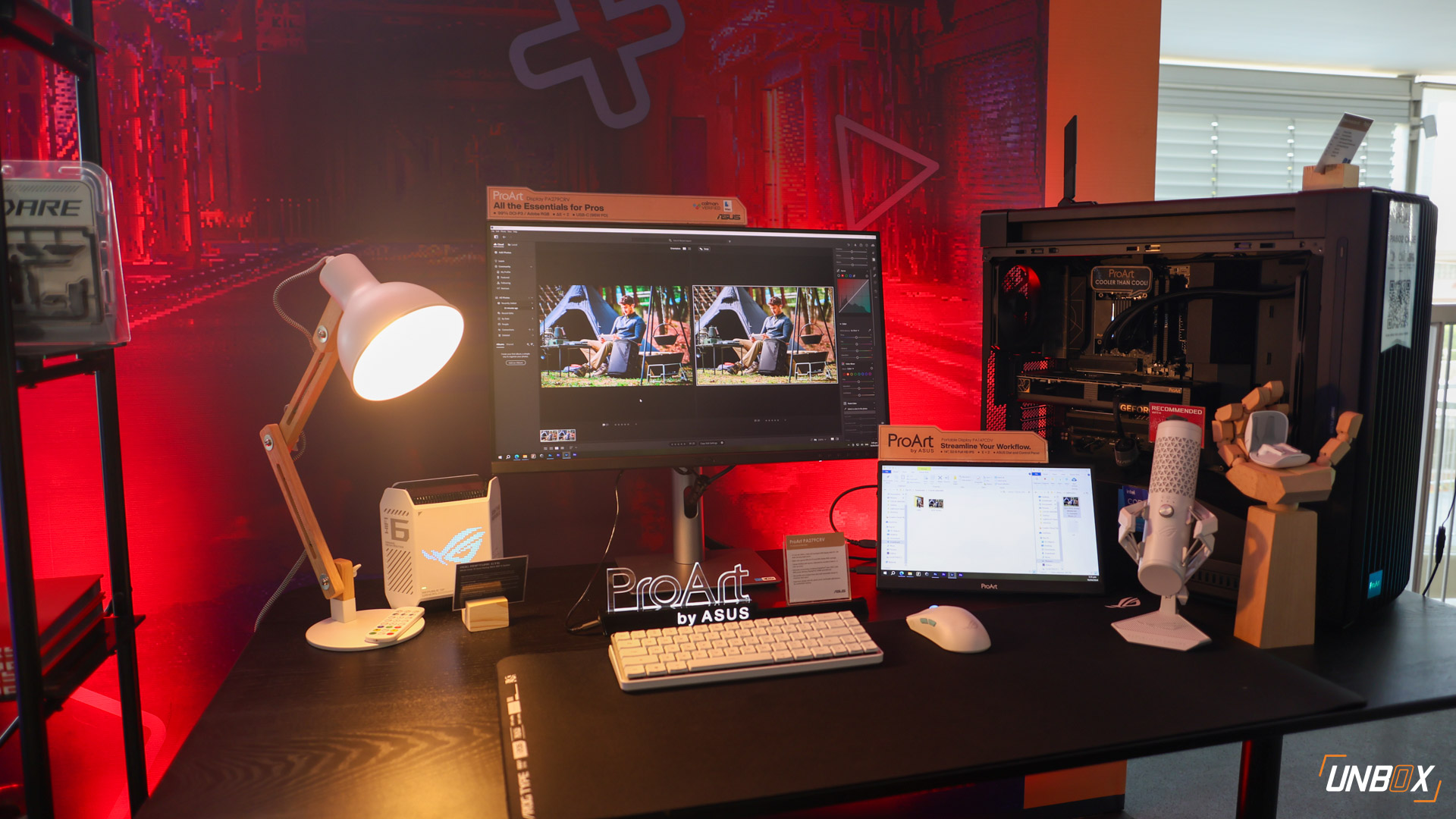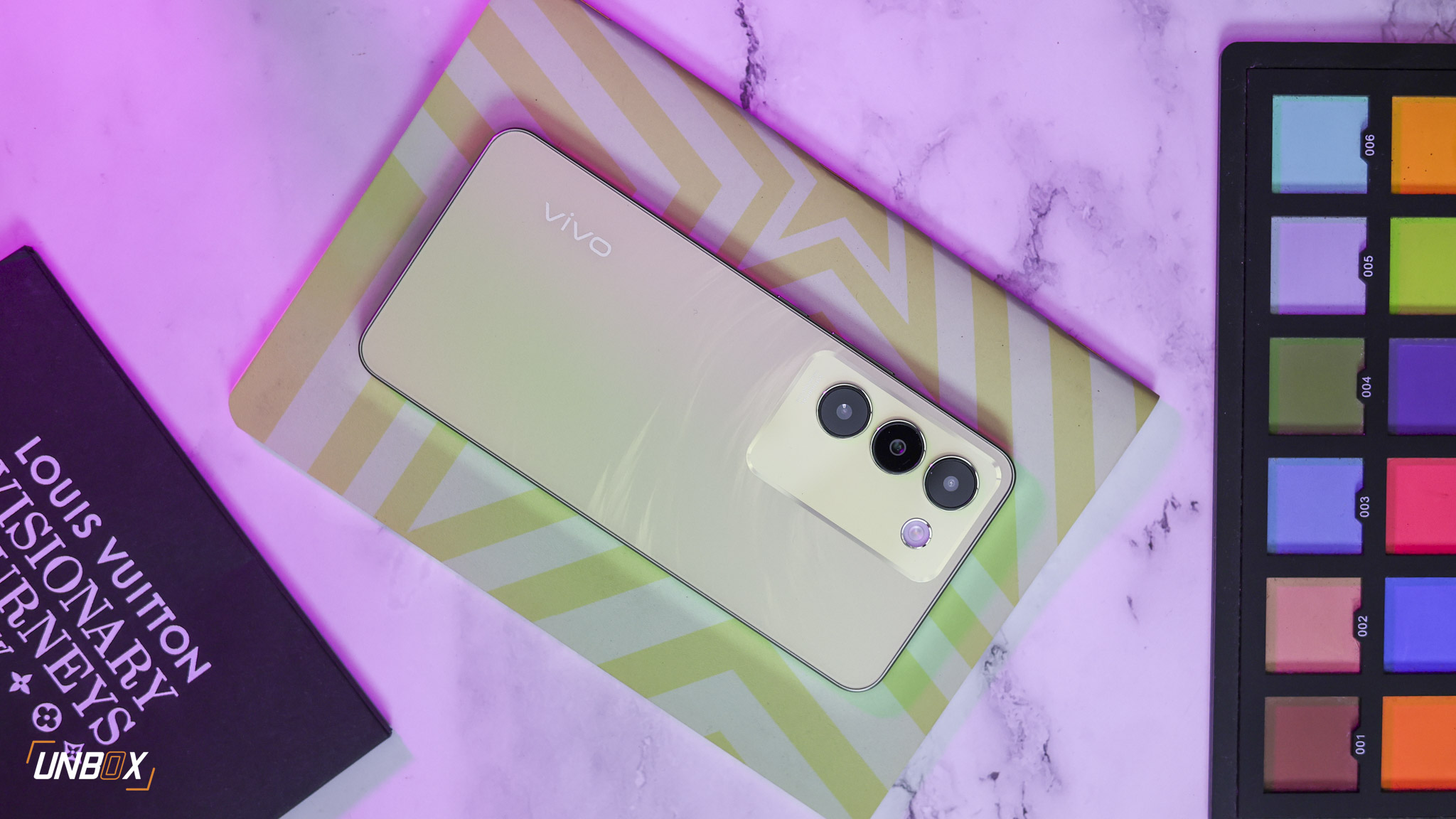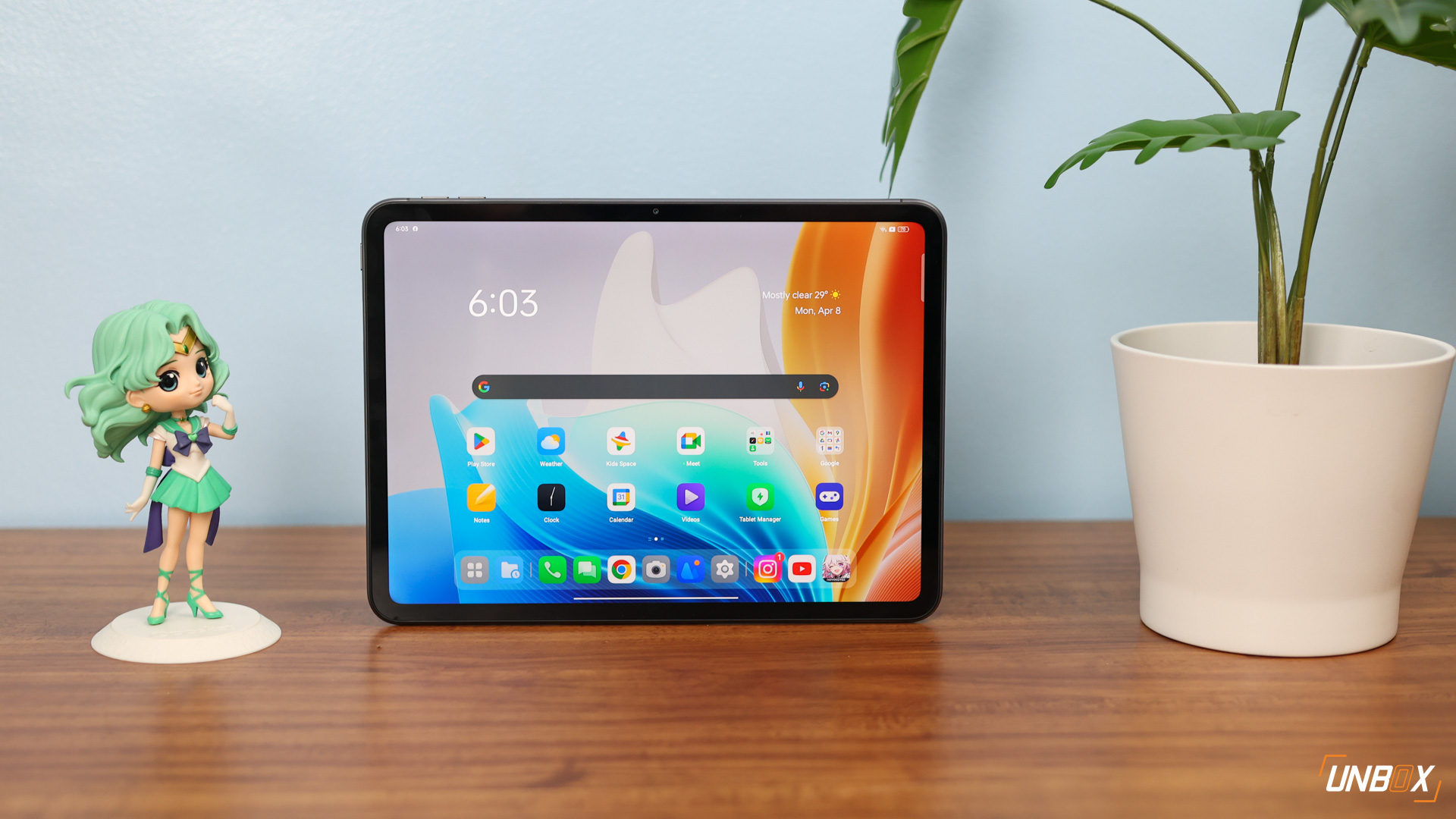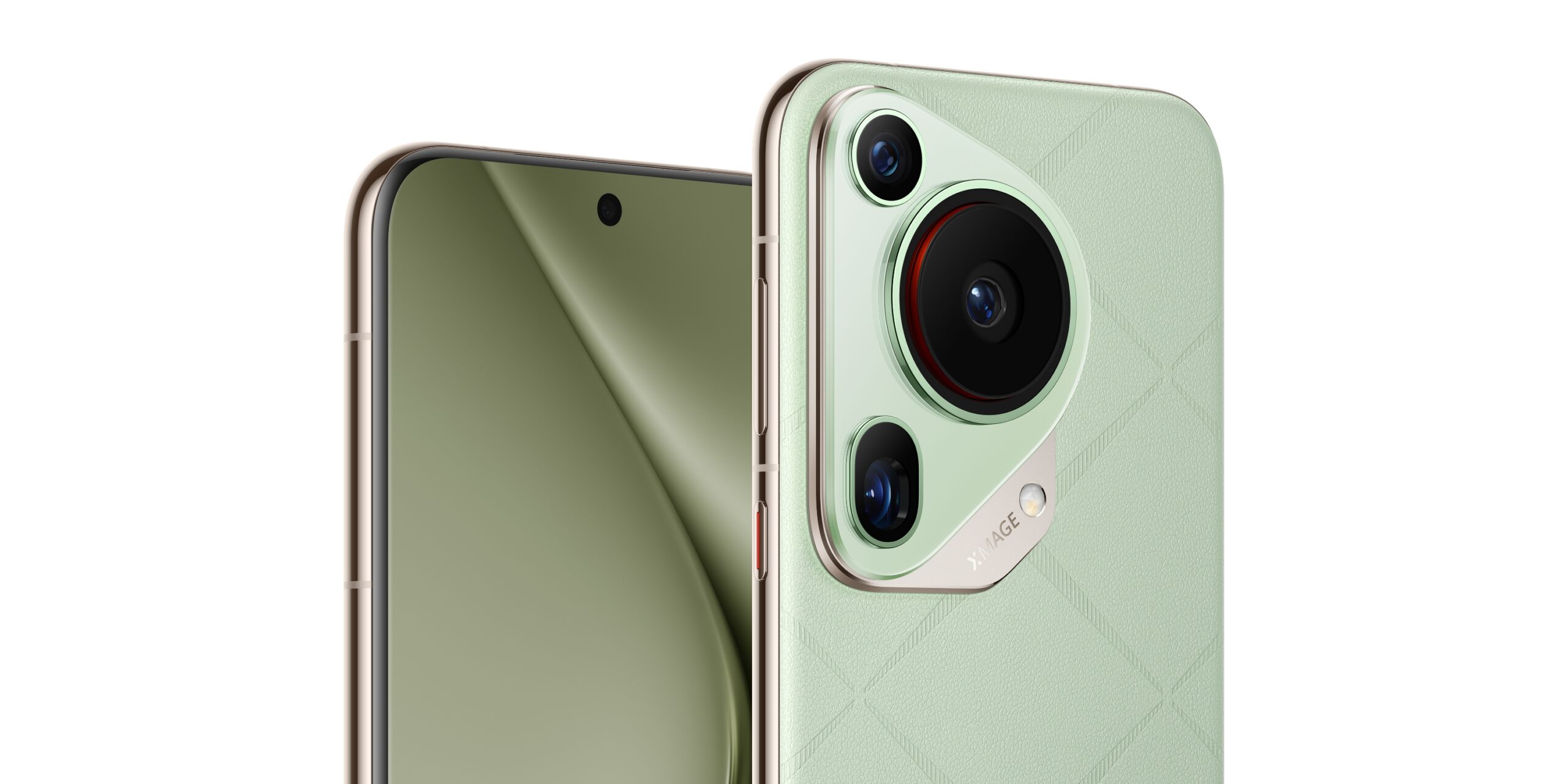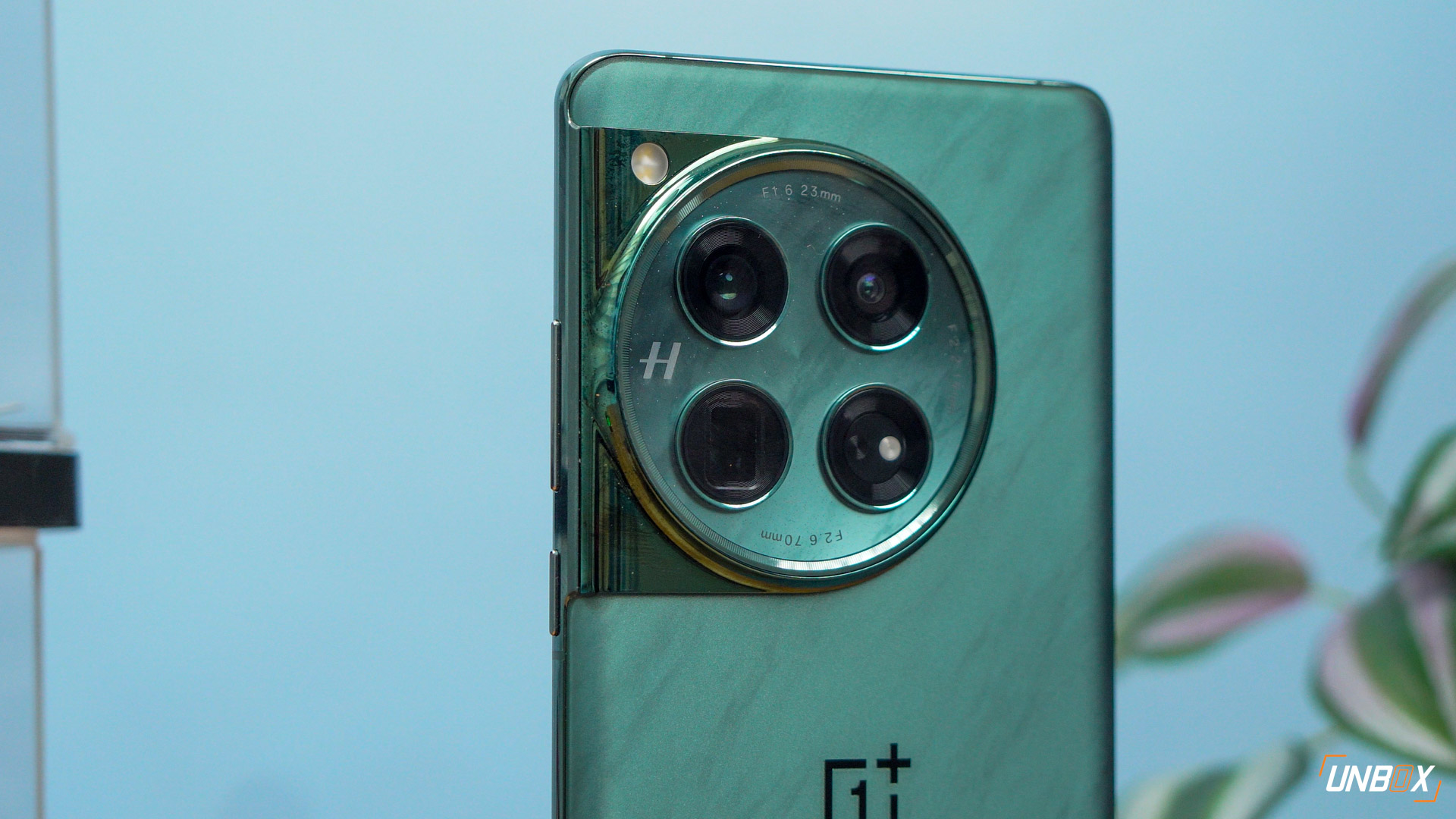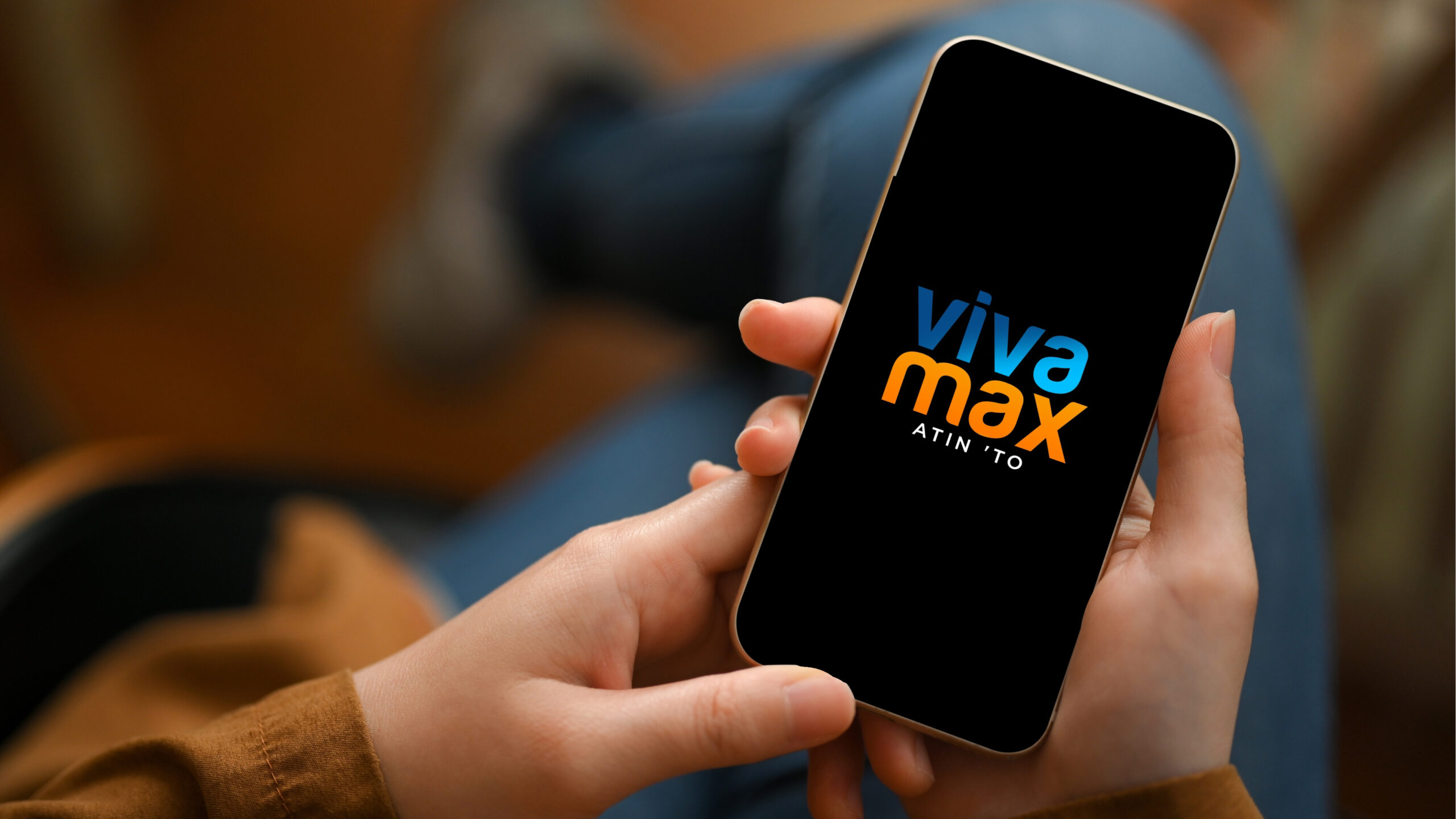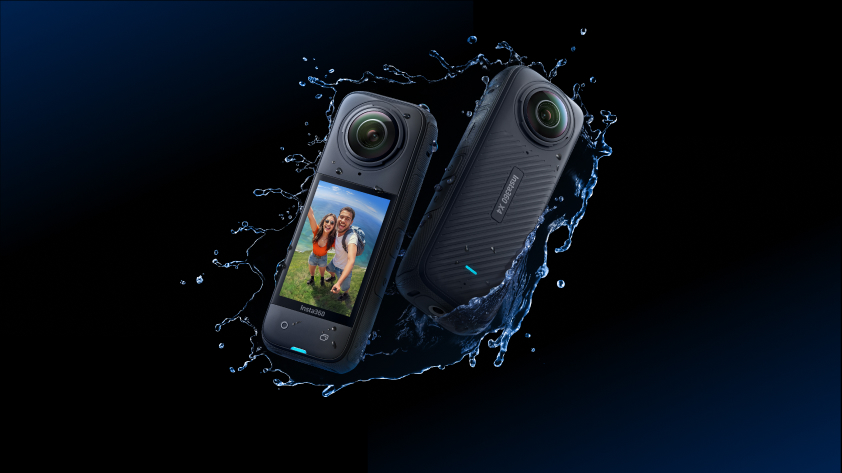
The Beast is Here
The Xiaomi Mi Pad made waves in the tech world when it was announced that it would pack the 2.2GHz Quad-core NVIDIA Tegra K1 processor. This is the NVIDIA “superchip” that was announced during the Consumer Electronics Show earlier this year. This chip pretty much blows a lot of the more advanced and expensive processors out of the water in benchmark tests, including the venerable Qualcomm Snapdragon 800. In short the Xiaomi Mi Pad is a certified screamer, a monstrous beast, a powerhouse machine, *add other superlative descriptions that connote POWER*. The good news is that we have a unit and it’s time to literally let this bad boy out of the cage.
Before anything here’s a quick look at the specs!
Xiaomi Mi Pad specs
- 2.2GHz quad-core NVIDIA Tegra K1 processor
- ULP GeForce Kepler (192 cores)
- 2GB of RAM
- 7.9-inch IPS display, Corning Gorilla Glass 3, 1536 x 2048 resolution
- 16/64 GB of storage, expandable via microSD up to 128GB
- 8-megapixel rear camera
- 5-megapixel front camera
- Wi-Fi, Bluetooth 4.0, USB OTG
- Android 4.4 KitKat with MIUI
- 6700mAh battery
Not bad for Php10,999 right? Anyway, let’s jump right into the unboxing and our initial impressions!
And here we gooooooo!

The Xiaomi Mi Pad came in the usual no-frills and boring but recyclable packaging of Xiaomi. Since we were really excited to test this particular tablet out, we literally ripped the tape off the sides and the tablet almost fell to the ground when we were trying to pop the top cover off. First impressions when we first laid eyes on it? Not much visually but we could have sworn we could have heard the growl of the NVIDIA Tegra K1 processor, hehehe.
So what’s in the box?

Inside the box we found the tablet, a pin to open the micro SD card tray, the usual manuals, a micro USB to USB cable, and the wall charger. No earphones. Just the bare essentials.
We set all the accessories aside and began to unwrap the plastic covering the Xiaomi Mi Pad.
Initial Impressions on Build: Giant iPhone 5C!

Xiaomi kept to their minimalist and efficient design philosophy with the Mi Pad. There are extra bells and whistles that have no real function. Up front we have the 7.9-inch display covered with Corning Gorilla Glass 3. While we were turning it on we were already imagining how easy it would be to play Clash on Clans, hehe.
Other than the display, the only visible thing on the front is the Mi logo proudly emblazoned in metal silver at the top.

Subtly located beside the logo is the LED notification light and following that the front-facing camera. We liked the position of the LED notification. It’s easy to see at just a glance but it’s also not too distracting. It’s just perfect.
At the bottom we have the capacitive off-screen buttons. Fortunately the buttons are back-lit (unlike the Redmi 2). We would have preferred that Xiaomi go for on-screen though so that the lower bezel wouldn’t be so thick.

When we flip the Mi Pad around we get to see the solid plastic shell. The material is very similar to the plastic that the iPhone 5C uses. It’s smooth, sturdy, and definitely doesn’t feel cheap. It’s not premium like metal but it ain’t crapy like the first type of plastic materials that Samsung used with their earlier smartphones. However a major cause for concern is that this kind of plastic makes the tablet slippery, especially if you have sweaty palms.
The camera is in the usual location at the top while the speakers and the Mi logo are at the bottom. Along the sides are the power lock, volume rocker, SD card tray (you need a pin key to open), and the micro USB port at the bottom. Headphone jack is at the top.

Over-all in terms of initial impressions for the hardware, we’re impressed especially given the Php10,999 price point.
Initial Impressions on Software: Excited to Feel the Powah!

We obviously haven’t put this device through the hoops yet for our usual review routine. So far though we haven’t encountered any major lag or slow down issues. The experience has been very smooth, fluid, and painless. Hopefully that will carry through the entire review process. We’re currently installing a lot of games and we’re excited to see the Tegra superchip to live up to the it’s hype!
Watch Out For Our Full Review Soon!

As far as initial impressions go, we’re happy with the Xiaomi Mi Pad. Like we said above, we’re hoping that the positive vibes and experience lasts throughout the review process. We’re definitely want to see what the Tegra K1 is all about and how it’s different compared to other tablets in this price range.
UPDATE: We can confirm that the Xiaomi Mi Pad will be available via a postpaid plan on Sun Broadband soon. Since they Mi Pad doesn’t have a SIM card slot we’re thinking they will probably bundle it with a mobile wifi modem. 🙂
READ ALSO:
Xiaomi Redmi 2 Full Review: Budget-Friendly LTE Daily Driver




